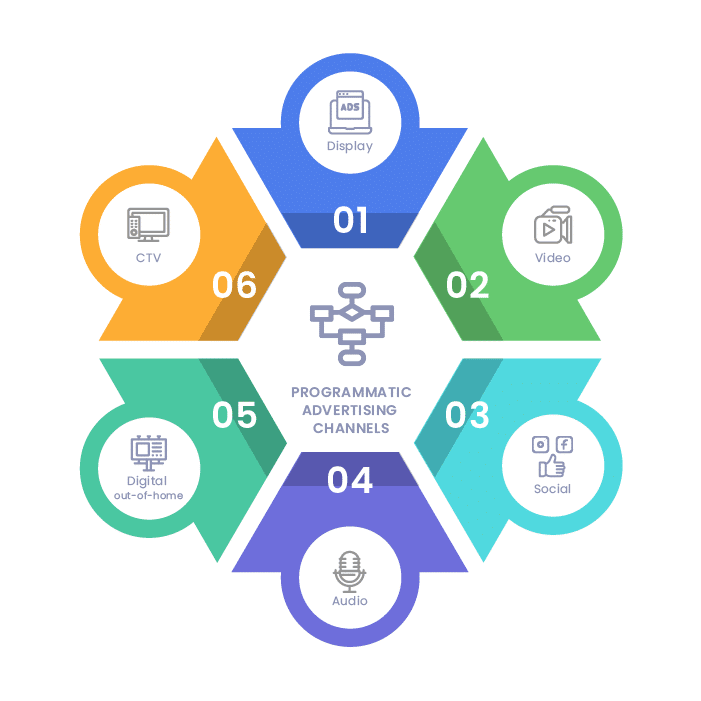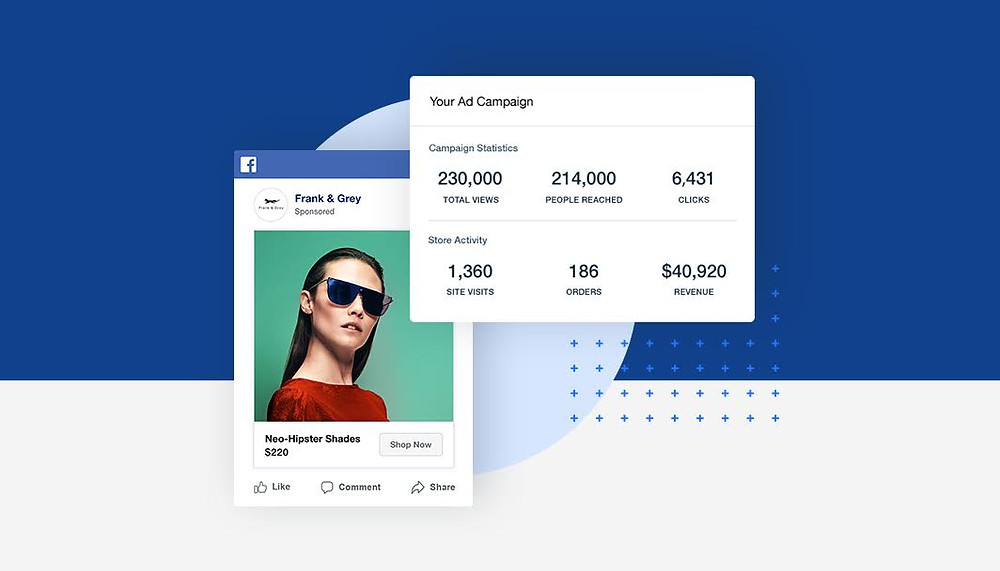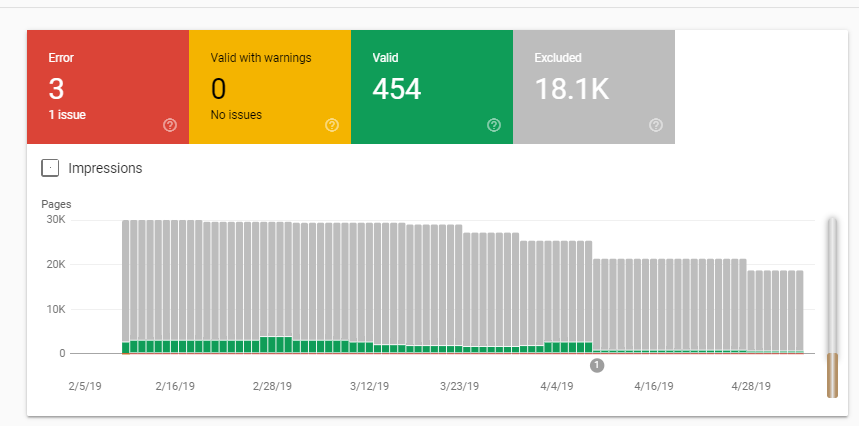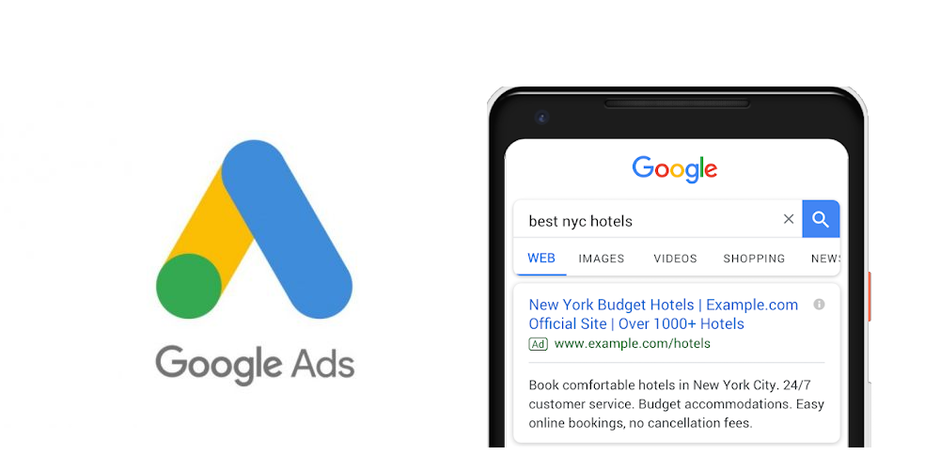Not all SEO is equal.
When shopping for an SEO company or evaluating the performance of your existing one, it is essential to know what good SEO and bad SEO – or black hat SEO – looks like. But how can you tell the difference?
Today, we will explore what black hat SEO is, the damage it can do to your business, and how you can ensure that your SEO falls on the right side of Google’s guidelines.
What is black hat SEO?
Black hat SEO is the name given to a range of SEO practices that go against search engine guidelines. Businesses that use these strategies seek to ‘game’ the system and boost their rankings rather than creating quality content that organically appeals to users and lifts their ranking.
Black hat vs. white hat SEO
The terms ‘black hat’ and ‘white hat’ date back to the age of Westerns, when actors would wear different colored hats to signify their role in the story: black hats for the villains and white hats for the heroes.
Translating this to the digital marketing sphere, white hat SEO is all about improving your site in accordance with search engines’ rules and guidelines. This includes improving your page speed and navigation, making your site mobile-friendly, and creating relevant, high-quality content. With white hat SEO, results may be slower, but you will see steady improvements as time goes on and gain better long-term ROI.
On the other hand, Black hat SEO delivers fast results with significant risk. Search engines like Google treat any violations of their guidelines very seriously and will punish them accordingly. Some of the consequences of penalties include:
- Losing your ranking for a specific keyword
- Losing your ranking for a particular URL
- Losing your ranking for numerous keywords and/or URLs across your entire site
- Having your domain removed completely from the Google index
Black hat techniques
There are still quite a few black hat SEO tactics used by SEO companies in 2021. Below are some of the most common ones you’ll want to keep an eye out for.
Keyword stuffing
While making sure you include the right keywords in your content is crucial, there can be too much of a good thing. Keyword stuffing can include things like:
- Lists of phone numbers that don’t add any value
- Lists of cities/states/suburbs you’re trying to rank for
- Frequent repetition of the exact words/phrases makes content sound unnatural
Not only does keyword stuffing make a page harder to read for users, but it can actually decrease your ranking on the results page. According to Google:
Filling pages with keywords or numbers results in a negative user experience and can harm your site’s ranking. Focus on creating valuable, information-rich content that uses keywords appropriately and in context.
Hidden Content
By making content the same color as the background, some black hat practitioners try to cram as many keywords onto a site as possible. While a user may not be able to tell, search engines know the difference between content in paragraphs and content hidden from sight.
Not all hidden content is terrible – for example, the mobile version of a site may hide certain elements that appear on the desktop version. In general, content that is visible to both users and search engines is okay.
Paid links
Backlinks are essential for SEO, driving traffic to your site and telling Google that others see you as an authority. However, in order to be effective, links must be earned. Some people try to skip over this essential step and buy backlinks to boost their credibility.
Not only are paid links risky – Google tracks these links and issues penalties for specific pages or even your whole site – but they don’t even work.
Links don’t necessarily have to be purchased with money. Google will also penalize businesses that offer free products or discounts in exchange for links.
Cloaking
Cloaking is when a website shows one piece of content to search engines and another to users to rank highly for irrelevant keywords.
For more information about cloaking, see Matt Cutt’s explanation below:
Duplicate content
While it may be easier to create one well-written piece of content and use this across your site or copy content from a competitor, search engines can recognize duplicate content and will sink your ranking accordingly.
Search engines like Google only want to display unique, relevant, and high-quality content to users to answer their queries. Create pages that meet users’ needs, and you’ll get a far better response.
Article spinning
Alternatively, rather than using duplicate content, some black hat SEO practitioners may engage in article spinning. This involves using software to take a piece of content and rephrase it, turning it into a ‘new’ and ‘unique’ piece.
While this can save time and is harder to detect as plagiarism, the result is often difficult to read and unappealing to users.
Doorway/gateway pages
Doorway or gateway pages are crafted to rank highly in the search results for a particular query and redirect users to a different, completely unrelated page. Google lists several examples, including:
- Multiple domain names/pages that are targeted to specific regions/cities and funnel users to a single page
- Pages that funnel users to the usable/relevant part of your site
- Substantially similar pages that are closer to search results than a clearly defined, browseable hierarchy
Misused structured data
Structured data (rich snippets and schema) changes your site’s display on the results page, often leading to a better click-through rate.
Using fake or misleading content in your structured data to get ahead is frowned upon by Google, which says that any attempts to manipulate rich snippets can result in a lower ranking and manual penalties.
When in doubt, make sure you follow the Google webmaster quality guidelines.
Negative SEO
Rather than building you up, some black hat practitioners will try to tear your competition down. Some of the most common negative SEO tactics include:
- Spammy backlink building
- Content scraping
- Fake link removal requests
- Fake negative reviews
- Hacking and other cyber attacks
How to avoid black hat SEO
Not sure if your SEO company is engaging in black hat tactics? Here are a few red flags you’ll want to be on the lookout for:
- Outlandish promises. If it sounds too good to be true, it probably is.
- No testimonials or case studies. Be on the lookout for tangible proof that an SEO company in Perth can deliver and see what tactics they use to get there.
- Unusual spikes in backlinks. You can use Google Search Console’s Link Report to see where your links are coming from.
- Poor quality content or duplicate content. If the content for your site is poorly written, too keyword-dense, or duplicated for many pages, this will lower your ranking.
- A drop-off in traffic. You may have seen great results in the first few weeks or months, but your organic traffic has plummeted. Good-quality SEO works the opposite way – though it may take some time to get started, you’ll see tremendous long-term growth.
- Penalties. You can check Google Search Console and click the manual actions link to see whether you have any manual actions against your site.
We take a data-driven approach to all our SEO Sydney, getting you fast results without resorting to cheap or unethical tactics. Book a free 30-minute consultation now to find out how.
























